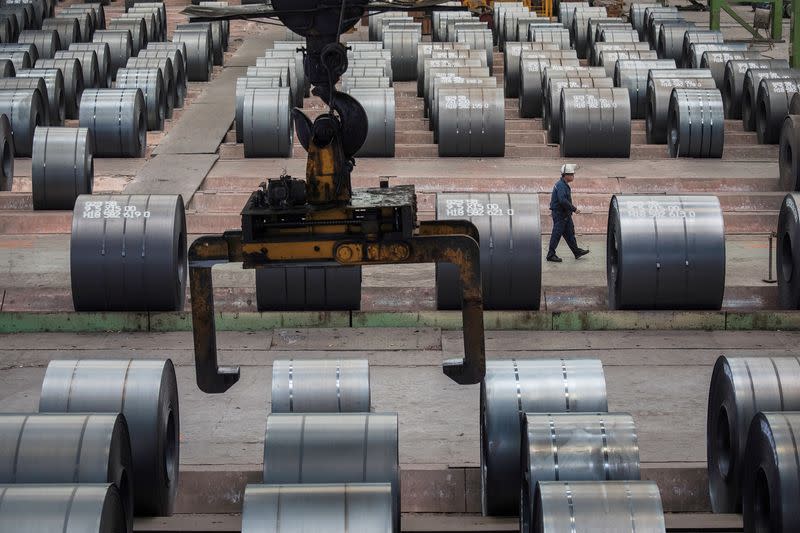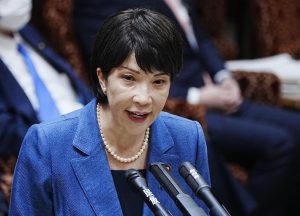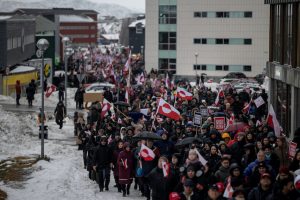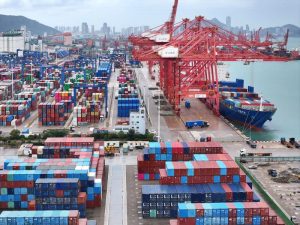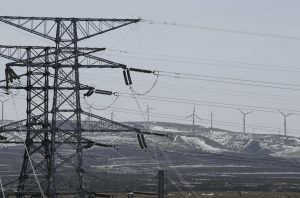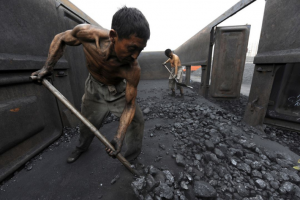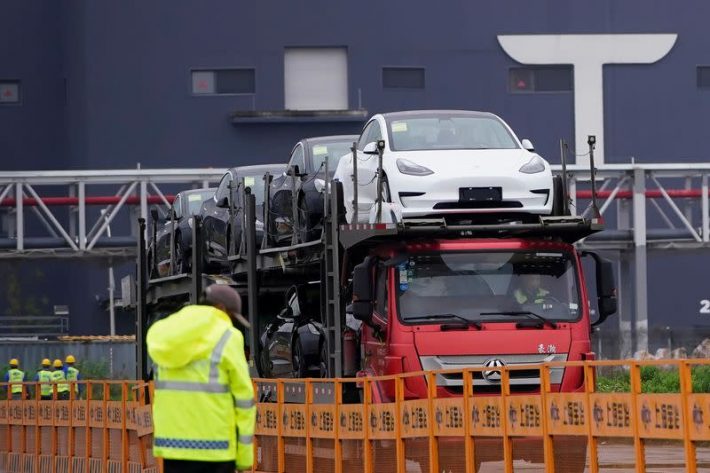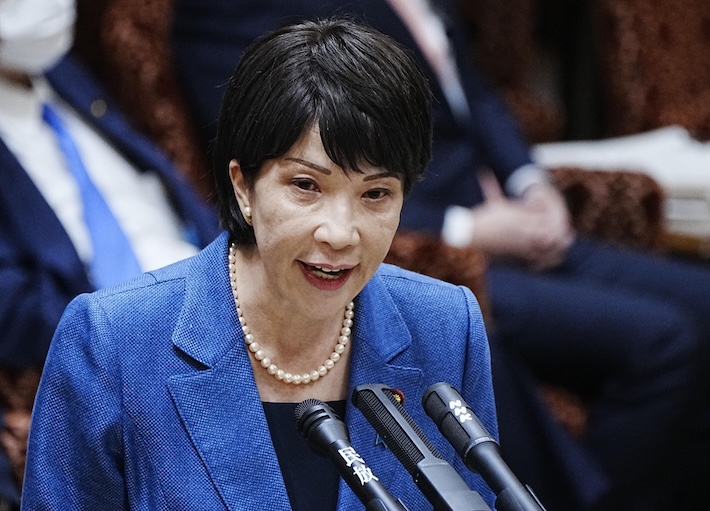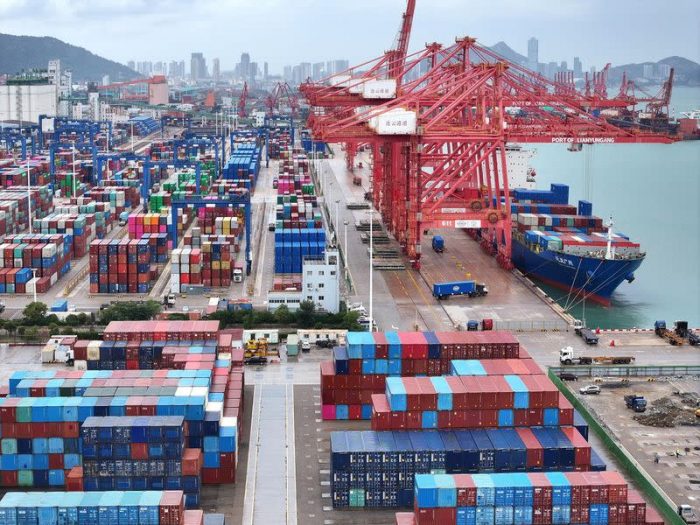China’s factory gate prices slumped in May at the fastest pace in seven years, highlighting the country’s soft economic recovery.
Soft international demand for exports, spurred partly by rising interest rates and high inflation in the US and Europe, has hit the manufacturing sector.
The producer price index (PPI) for May fell for an eighth consecutive month, down 4.6%, the National Bureau of Statistics (NBS) said on Friday. That was the fastest decline since February 2016 and larger than a 4.3% drop forecast in a Reuters poll.
“The risk of deflation is still weighing on the economy,” said Zhiwei Zhang, chief economist at Pinpoint Asset Management, in a note. “Recent economic indicators send consistent signals that the economy is cooling,” he added.
ALSO SEE:
Chinese Energy Storage, Battery Firms Plan $1bn Vietnam Plants
China’s economy grew faster than expected in the first quarter, but recent indicators show demand is rapidly weakening with exports, imports and factory activity falling in May.
The consumer price index (CPI) rose 0.2% year-on-year, speeding up from a 0.1% rise in April but, missing a forecast for a 0.3% increase.
Food price inflation, a key driver of CPI, slowed to 1.0% year-on-year from 2.4% in the previous month. On a month-on-month basis, food prices fell 0.7%.
The Australia dollar eased 0.2% to $0.6704, tracking a fall in the Chinese currency yuan after the inflation data.
The government has set a target for average consumer prices in 2023 to be about 3%. Prices rose 2% year-on-year in 2022.
“We still think a tightening labour market will put some upward pressure on inflation later this year, but it will remain well within policymakers’ comfort zone,” Julian Evans-Pritchard, head of China economics at Capital Economics, said in a note.
“The government’s ceiling of ‘around 3.0%’ for the headline rate is unlikely to be tested and we doubt inflation will become a barrier to increased policy support,” he added.
Domestic demand also depressed
Policymakers have repeatedly signalled their intention to lean on China’s 1.4 billion consumers, after the economy last year reported one of its slowest paces of growth in nearly half a century.
“So far, monetary policy and fiscal policy have remained tight, along with lower income growth, so domestic demand is depressed,” said Dan Wang, chief economist at Hang Seng Bank China.
Some economists expect the People’s Bank of China (PBOC) to cut rates or release more liquidity into the financial system. The bank cut lenders’ reserve requirements ratio in March.
China’s biggest banks on Thursday said they had lowered interest rates on deposits, providing some relief for the financial sector and wider economy by easing pressure on profit margins and reducing lending costs.
Analysts have been downgrading their forecasts for economic growth for the year amid continued signs of slowing. The government has set a modest GDP growth target of around 5% for this year, after badly missing the 2022 goal.
- Reuters with additional editing by Jim Pollard
ALSO SEE:
China’s Big State Banks Cut Rates on Yuan Deposits
World Bank Lifts China GDP Forecast and 2023 Global Outlook
China’s Exports Sink by 7.5% in May Amid Global Slowdown
China’s 2022 Growth of 3% Among the Worst in 50 Years




